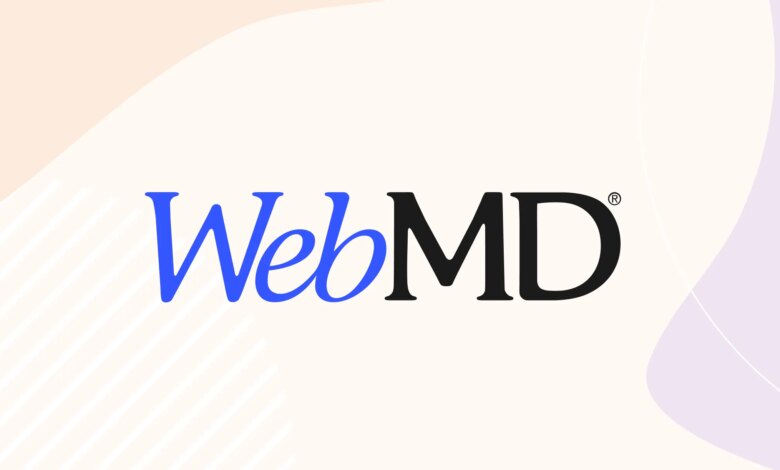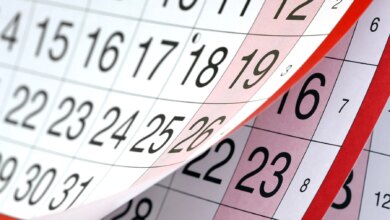High on Marijuana Anonymous

When the COVID-19 pandemic propelled the world into lockdown 2 years ago, a recent college graduate in New England – let’s call her Julia* – suddenly realized that her daily obsession with marijuana had already prepared her for life in isolation.
“Weed is a drug that doesn’t make you want to go with other people,” says Julia, who had just returned home to support her mother’s battle with stage IV cancer. “It’s a drug that makes you want to sit alone in your room. So when the pandemic hit, my first thought was ‘Oh, wow, now everybody is going to live like I do.’
“That was a scary moment for me,” she admits, “realizing that a global pandemic isn’t going to change the way I live my life all that much.”
Julia decided it was time to ditch her best friend since college: dab pens, the tiny electronic devices that release a vapor of highly concentrated cannabis oil or wax, far more potent than the clumps of bud, stems, and seeds sold in baggies back in the day.
Now she’s joined a growing crowd of users with a new BFF: Marijuana Anonymous, an organization that employs the same 12-step program conceived by Alcoholics Anonymous to help users cope with their drug of choice.
“It doesn’t just get you sober, it makes you a better person,” says Susan*, 66, a Hollywood executive who kicked a 40-year habit after joining MA 12 years ago. “It helps you admit you’re powerless over this substance that has made your life unmanageable. I’ve seen people in the program really grow up and mature as they gain a certain kind of wisdom about coping with the difficulties of living.”
MA has been around since 1989, but it has long been overshadowed by the far bigger and better-known AA and its affiliates, including Narcotics Anonymous, Al-Anon, and Alateen.
“MA is a small fellowship with limited resources trying to get the word out to the world,” says Lori, 45, a Los Angeles writer who attended her first meeting 16 years ago. “We’re here to help the marijuana addict who is suffering while we work on our own sobriety and recovery.”
These days, MA is hosting more users than ever. The surge in interest has coincided with the ongoing pandemic as untold thousands of marijuana addicts found themselves sinking lower as they got higher and higher. Other factors contributing to increased use almost certainly include the proliferation of measures legalizing weed nationwide and the widely sanctioned use of medical marijuana.
There is no hard data to verify that theory, but there’s little doubt that marijuana is no longer taboo in the United States. The National Center for Drug Abuse Statistics (NCDAS) reports that 55 million Americans – 16.9 percent of the population – use marijuana in some form, from smoking old-school joints, bongs, and pipes to ingesting edibles or vaping. Perhaps surprisingly, those consumers far outnumber the 36.5 million Americans who smoke tobacco, according to the Centers for Disease Control and Prevention (CDC).
NCDAS also reports that public approval of medical marijuana – legal in 36 states – has significantly reduced the stigma once attached to the drug. In fact, 56 percent of Americans now consider weed “socially acceptable,” while a far bigger swath of the population believes it’s less of a health threat than tobacco (76 percent), alcohol (72 percent) and prescription drugs (67 percent).
But medical experts warn that no one should shrug off pot as simply a harmless herb. Studies show that 9 percent of marijuana users develop an addiction, says Marvin D. Seppala, MD, chief medical officer of the Hazelden Betty Ford Foundation.
“The unfortunate truth is that the lack of serious, early consequences to marijuana addiction allow for a long, slow decline,” Seppala writes in the introduction to MA’s bible, Life with Hope: A Return to Living Through the 12 Steps and 12 Traditions of Marijuana Anonymous. “An individual may wake up years into this chronic illness, without a reasonable understanding of how their life got so far off track. … However, isolation from friends and family, loss of interest, and lack of participation in activities that used to bring joy, and the crushing weight of missed opportunities add up.”
Judging by MA’s growth since the pandemic, more users than ever are contemplating that hole in the soul. The good news is their bid for recovery has been aided by an unexpected silver lining in the age of COVID: the ability to attend meetings on Zoom instead of trekking to traditional in-person gatherings in church halls, community centers, and other assorted facilities that can be as bare-bones as a trailer.
Five years ago, MA operated 17 districts worldwide. Today there are 27, including the newest chapters in Chicago and Iceland. In-person meetings that typically attracted 15 users are now hosting 30 to 50 on Zoom.
“The number of newcomers coming to meetings virtually is astounding,” Lori says. “I’ve also noticed a much more diverse set of addicts.”
A membership survey conducted by MA in 2021 revealed that almost exactly half of respondents are over 40 years old, while the other half is split evenly between ages 31-40 (25.5 percent) and 21-30 (24.7 percent). Women slightly outnumber men, but 8 percent identify as nonbinary.
“One of our committees right now is dedicated to representation and accessibility,” says Audry, 39, an instructional designer for a youth nonprofit in northern California who has been sober for 20 years. “We are not the experts on who does or does not struggle with marijuana addiction in regards to ethnicity, gender identity, or sexual orientation. So there’s a lot of work to be done to make sure we can reach everyone.”
That outreach already shows signs of paying off at a grassroots level. In Oakland, for example, a long-established Friday night meeting for women who identify as queer or transgender routinely attracted 6-10 users prior to the pandemic. But ever since the meetings went online, post-COVID attendance has more than tripled to 20-30.
That said, MA’s board stresses there is – and always will be – only one requirement for membership: a desire to quit weed. The organization steers clear of politics, offers no opinions on hot-button issues like legalization and medical marijuana, and has zero interest in lecturing users.
“We do not demonize marijuana or addiction,” says Lindsay, 29, who works for a nonprofit agency in the San Francisco Bay Area and began her recovery 5 years ago. “I came from a home with alcoholism and family dysfunction, and marijuana was one of the many tools that helped me survive. I thought of it as a friend. But it was a coping mechanism that no longer worked when I became an adult.
“My life has only gotten better because I have a lot more clarity now,” she adds. “I’m not in a literal or metaphorical haze or fog.”
As MA guides users to recovery, one of its most pressing challenges is to dispel the lingering perception that marijuana isn’t addictive. Stories abound of users identifying themselves as marijuana addicts at NA meetings only to be met with eye rolls.
“Many people I know have been laughed at,” says Anne-Katherine, 56, a mental health worker in Los Angeles who joined MA more than 5 years ago. “Maybe it wasn’t meant to be that mean, but it’s like, ‘Look, I’m on heroin and crystal meth. I wish I was addicted to marijuana. That sounds like child’s play.’”
Far from it. The CDC estimates that 3 in 10 cannabis consumers have a marijuana use disorder – and the risk of developing a mental dependency increases significantly for anyone who starts using before age 18.
“Long-term or frequent” use has also been linked to increased risk of psychosis, hallucinations, and schizophrenia in some users as well as serious physical illness. “You might want to Google ‘Cannabinoid Hyperemesis syndrome,’” suggests Anne-Katherine. “That’s when the receptors in your gut lining get so saturated with cannabinoids” – the assorted chemical compounds in marijuana, including THC, the primary source of weed’s infamous buzz – “that you cannot stop vomiting. It’s become such an issue that there is one MA meeting dedicated to it.”
No marijuana-related issue is out of bounds at MA. Veteran members swear the support they’ve received at meeting after meeting has been the rock-solid foundation of their sobriety.
“It’s a group of people that totally get you,” says Robin*, 56, a behavioral coach who started smoking weed when she was 12 and didn’t stop until she joined MA 9 years ago. “I had lived for decades with this addiction that I had no idea there was a solution for. The minute I found MA, it was a spiritual experience. I just knew I belonged there.”
“When I go to an MA meeting, I’m home,” agrees Kate*, 47, a real estate agent who found MA after years of attending AA meetings. “It’s the most treasured part of my life. Without it, I would have nothing.”
Julia, the college grad whose marijuana use drove her into lockdown long before COVID, is 23 now. She moved south last fall after her mom passed away, started a new job in retail, and continues to attend four or five MA meetings on Zoom every week. She hasn’t touched a dab pen since October 2020.
“My year-and-a-bit of sobriety has not been the easiest year of my life, but I’m doing really well,” she says. “I have a much wider support system. I’m living my life in a more present and fulfilled way, and I’m a much, much better person to be friends with now than I was before.”
Indeed, Julia has no doubt that her lightbulb moment equating the pandemic’s isolation to her self-imposed solitary confinement with a vape pen was the crucial tipping point that tamped down her desire to get high and pushed her toward MA, a clear head, and a better life.
“Recognizing the reality of my addiction was a really internal thing, you know?” she says. “I know how I felt at my bottom, and I know I never want to feel like that again.”
*Some names have been changed to ensure anonymity.
For more information on Marijuana Anonymous, including an updated list of meetings worldwide and links to pamphlets and literature detailing the program, go to marijuana-anonymous.org or call (800) 766-6779.
Source link




